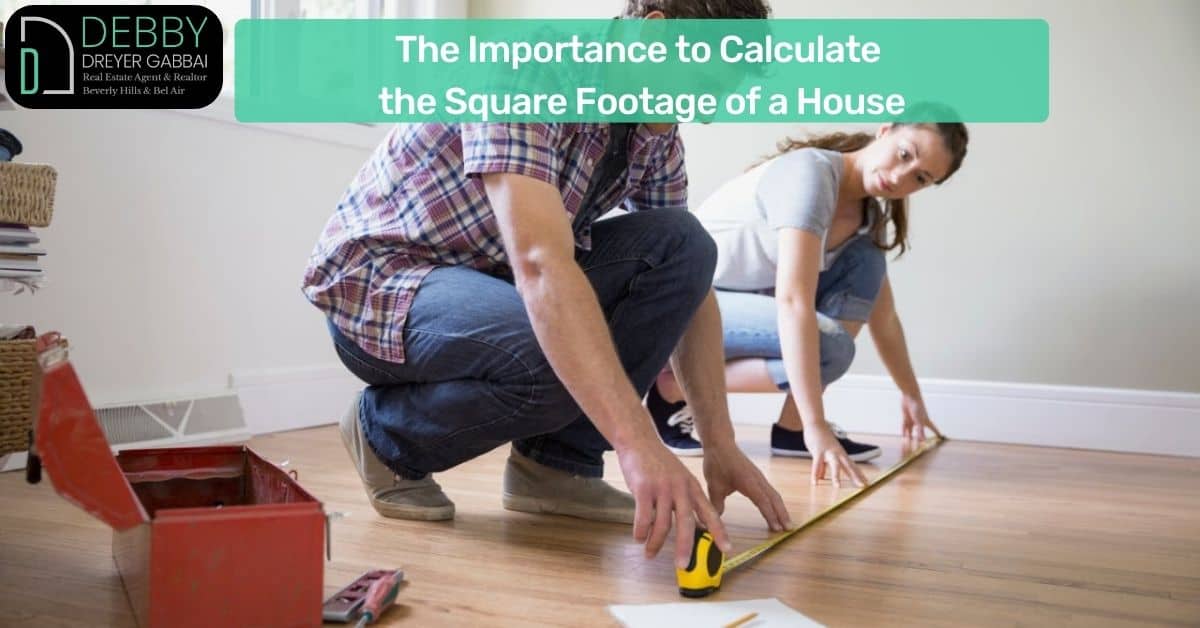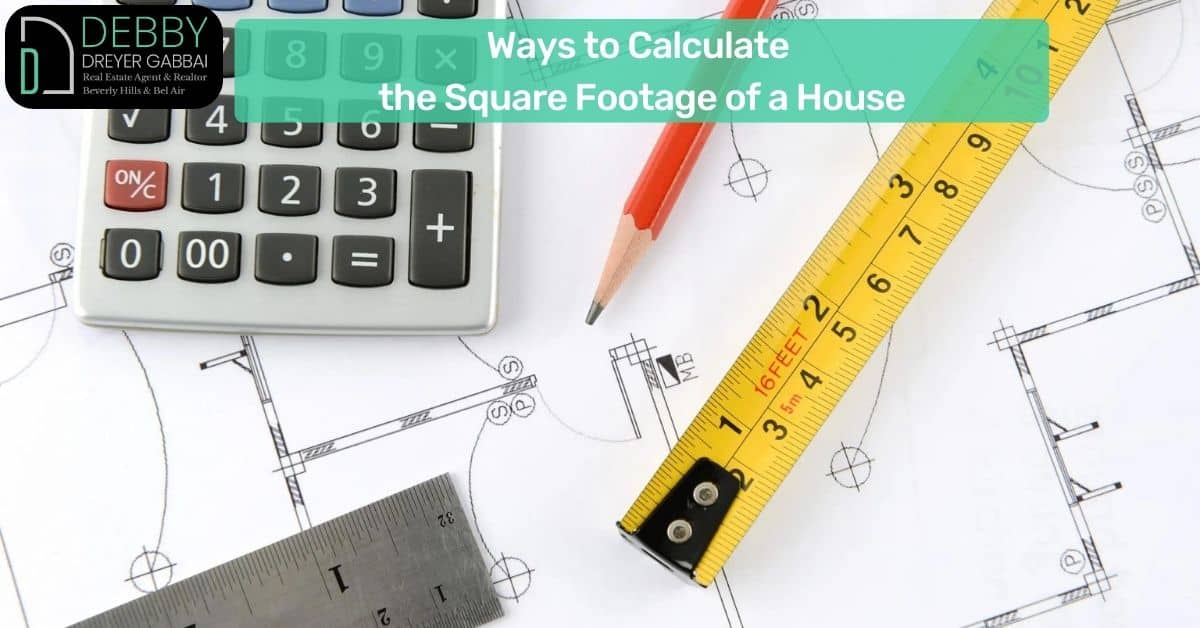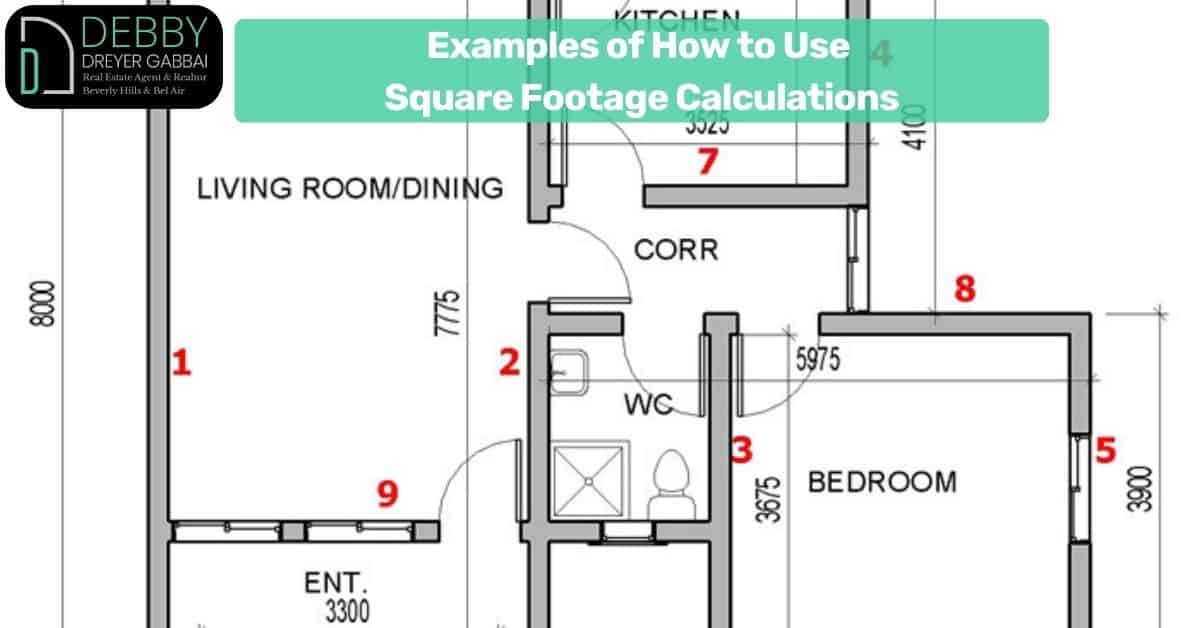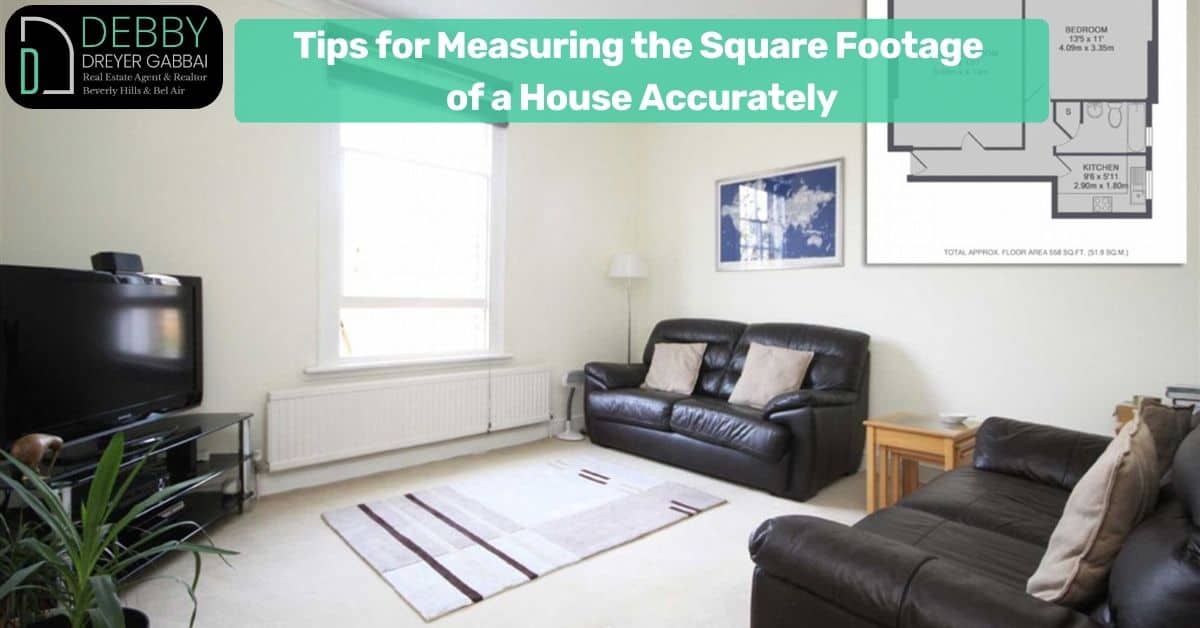As a homeowner, it’s important to know how to calculate the square footage of your house. This measurement is used for a variety of purposes, such as estimating how much paint you’ll need to cover a wall or calculating the size of a property for tax and insurance purposes.
Measuring the square footage of a house can seem like a daunting task, but it’s actually quite simple if you follow a few basic steps. With a little bit of effort, you can easily calculate the square footage of your home.
The Importance to Calculate the Square Footage of a House
It’s important to calculate the square footage of a house for a number of reasons. First, it can help you determine how much space you have to work with when you’re furnishing or decorating the home.
Second, it can give you a better idea of how much heating and cooling the home will require, which can help you make more energy-efficient choices. Finally, square footage is often used as a factor in calculating property taxes, so it’s important to have an accurate number.
There are a few different ways to calculate square footage, but the most common is to measure the length and width of each room and multiply those numbers together.
Once you have the square footage for each room, you can add them all together to get the total for the entire house. With this information in hand, you’ll be able to make more informed decisions about your home.

Ways to Calculate the Square Footage of a House
There are a few different ways to calculate the square footage of a house. The most common way is to measure the length and width of each room and multiply those numbers together. For example, if a room is 10 feet long and 12 feet wide, the square footage would be 120 square feet.
Another way to calculate square footage is to measure the perimeter of the house and divide it by 4. This will give you the total square footage of the property. For example, if the perimeter of the house is 100 feet, the square footage would be 25,000 square feet.
You can also use squared paper to calculate the square footage of a house. This method is especially helpful if the house has an irregular shape. To use this method, you will need to trace the outline of the house onto squared paper.
Once you have done this, you can count how many squares are within the outline of the house. Each square represents one square foot, so this will give you the total square footage of the property.
No matter which method you use, calculating the square footage of a house is a relatively simple task that anyone can do with a little time and effort. With accurate measurements, you can easily determine the size of your property and make sure that you have enough space for everything that you need.

Factors That Can Affect The Square Footage of a House
The size of a house is typically measured in square footage, which is the total amount of floor space that the house covers. There are a number of factors that can affect the square footage of a house, including the following:
The property’s lot size: A larger lot size will typically allow for a larger house to be built. Similarly, a smaller lot size will limit the size of the house that can be built.
The climate: In hotter climates, houses tend to have smaller footprints to help keep them cooler. In colder climates, houses often have larger footprints to help maximize heating efficiency.
The local building code: Building codes typically dictate the minimum and maximum sizes for houses in a given area. As such, the square footage of a house will be limited by the local building code.
The homeowner’s preference: Some homeowners prefer smaller houses while others prefer larger ones. Ultimately, the square footage of a house is dictated by the homeowner’s preference.

Examples of How to Use Square Footage Calculations
There are many different ways to use square footage calculations. One common way is to determine the amount of flooring needed for a new home or office space. This can be done by measuring the length and width of each room, then multiplying those numbers together to find the total square footage.
Once you have the square footage of the space, you can then divide it by the square footage of a single flooring tile to determine how many tiles you will need. Another common way to use square footage calculations is to determine the size of a new piece of furniture.
This can be done by measuring the length and width of the piece, then multiplying those numbers together to find the total square footage. Once you know the furniture’s square footage, you can then determine whether it will fit in your space by comparing it to the total square footage of the room.
You can also use square footage calculations to estimate how much paint you will need to cover a given area. To do this, simply measure the length and width of the area, then multiply those numbers together to find the total square footage.
Finally, divide that number by 400 (the average number of square feet that can be covered by one gallon of paint) to estimate how many gallons of paint you will need. As you can see, there are many different ways to use square footage calculations.
By understanding how to use them, you can make more informed decisions when planning projects involving home improvement, office space, or new furniture purchases.

Tips for Measuring the Square Footage of a House Accurately
When measuring the square footage of a house, it is important to be as accurate as possible. This measurement will be used to determine the size of the property for tax and insurance purposes, as well as to determine the square footage when listing the property for sale. The following tips can help ensure that the square footage is measured accurately:
1. Use a tape measure to measure all of the exterior walls of the house. Include any porches, balconies, or other outdoor spaces in the measurement.
2. Measure from the outside of the house, including any siding or brickwork. Do not include any interior partitions in the measurement.
3. If there are any irregularities in the shape of the house, such as an angled bay window, use a flexible tape measure to ensure that all areas are included in the measurement.
4. Record all measurements in feet and inches, and then convert them to square footage by multiplying the length by width. For example, a house that measures 30 feet by 40 feet would have the square footage of 1,200 square feet.
5. When measuring multiple floors of a house, be sure to measure each floor separately and then add together the total square footage of the property.

FAQs About Calculating Square Footage
When it comes to calculating square footage, there are a few common questions that people often have. Here are some of the most frequently asked questions about calculating square footage, along with their answers:
What is the square footage?
Square footage is simply the measurement of an area in square feet. In order to calculate it, you just need to multiply the length and width of the space in question.
What are some common uses for calculating square footage?
There are a number of different reasons why you might need to calculate square footage. For instance, you might need to know how much flooring to buy for a room or how much paint to buy for a wall. Additionally, real estate agents will often use square footage when determining the size of a property.
What are some tips for accurately calculating square footage?
When measuring a space for square footage, it’s important to be as precise as possible. Use a tape measurer to get the most accurate measurements possible. Additionally, if you’re measuring a space that has irregular shapes, break it down into smaller rectangles or squares in order to get the best estimate of its overall size.
In conclusion
Calculating the square footage of a house is an important task for a number of reasons. For one, it can help you determine how much flooring or paint to buy for a project. Additionally, real estate agents often use square footage measurements to determine the size of the property. By following the tips in this article, you can ensure that your measurements are as accurate as possible.
